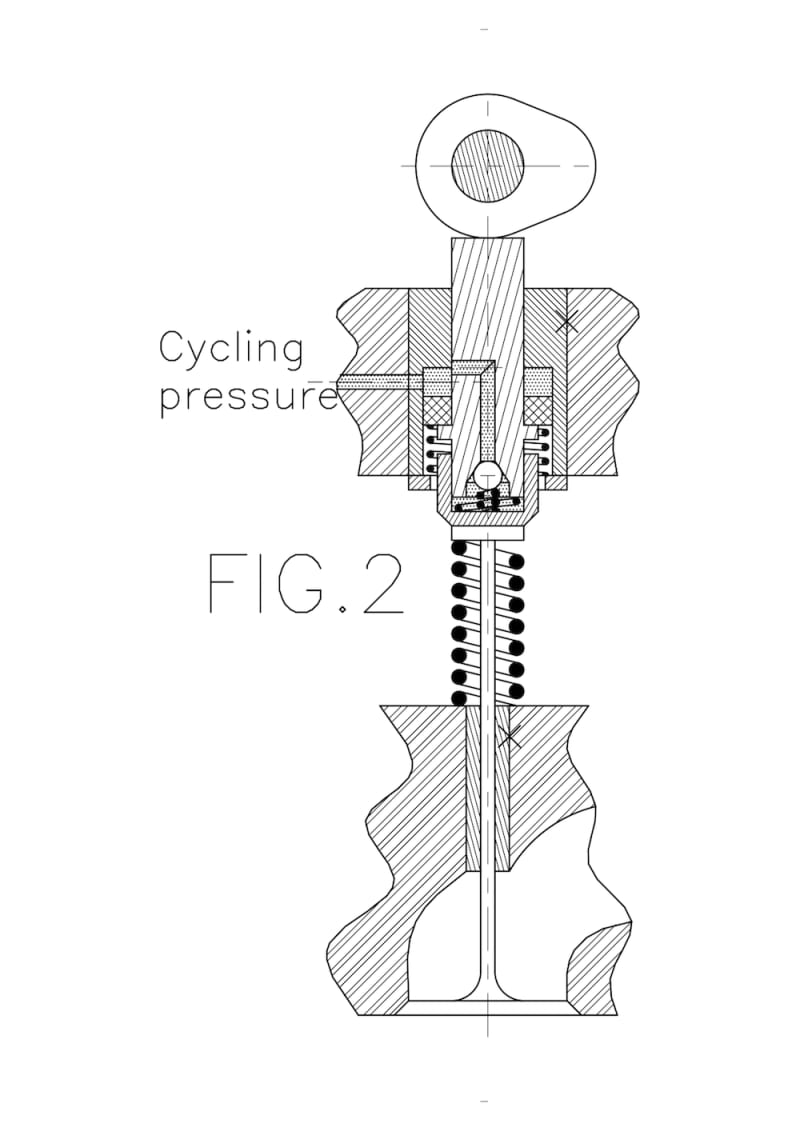In the 2013 contest session, it was proposed to store some kinetic energy in the rotor of the generator of a series-parallel hybrid powertrain (Prius Type), with or without a coupled flywheel. 150 KJ, roughly the vehicle kinetic energy at 50 Km/h, can be easily stored without sophisticated technology. This energy has the same uses than the energy stored in a battery: regenerative braking, boosting etc. Refer to: http://contest.techbriefs.com/2013/entries/transportation-and-automotive/3519.
In the present contest session, the here above device is operated in a pulsatile way. At low power, the engine fuel supply becomes cyclic, open and closed, creating passive and active phases. During passive phases, the vehicle and its engine are driven by the stored kinetic energy. During active phases, the kinetic energy is restored by the engine. The active phase power is higher to compensate passive phases, so efficiency is improved according to usual engine characteristics.
Compare to “stop and start," the engine is never turned off for fewer perturbations and less pollution at each restart and for keeping power always available.
This principle can also be applied in each cylinder with an adequate phase displacement according to the original stalling of the engine. A good spread of the remaining active thermodynamic cycles allows pulsations by 10 Hz. At this frequency, speed variations are small, and the flywheel is kept available for other hybridization uses. The generator already spins high speed for economic reasons (18 000 rpm). At 1000 rpm engine speed, with a -0,2 planetary gear ratio, the flywheel is 108 times more efficient on the generator shaft than on the crank shaft regarding energy variations. In addition, vehicle speed can be maintained constant.
Zero, one or two out of three consecutive thermodynamic cycles can be neutralized to adjust engine nominal power by steps. It is smoother than known “cylinders on demand” concept where some cylinders are neutralized according to the power requirements.
The system is applied with a single planetary gear mechanism but also with a double mechanism. In this last, the gear ratio for low speed can be lowered for more inertia effect, while the gear ratio for high speed can be increased for less inertia effect. Figure 1 schematizes the system with: the engine (1), the first planetary gear mechanism (2) , the flywheel (3), the generator (4), the vehicle wheels (5), the electric motor (6), the inverter (7), the battery (8), the second planetary gear mechanism (9), the selector (10) and the fuel valves (11 a,b,c,d).
To prevent useless air compressions is an improvement. In a preferred solution, the lash adjusters on valves are cyclically pushed down to open the cylinders at the right time. A self-explanatory cross-section of such device is given figure2.
Like this entry?
-
About the Entrant
- Name:Denis Buffet
- Type of entry:individual
- Software used for this entry:Excel
- Patent status:pending





